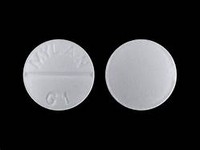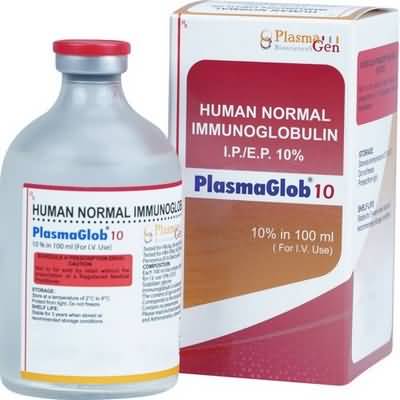Busulfan

Busulfan
CLINICAL USE
Chronic myeloid leukaemia Remission of polycythaemia vera Essential thrombocythaemia and myelofibrosisConditioning before bone marrow transplantation DOSE IN NORMAL RENAL FUNCTION
Oral:Chronic myeloid leukaemia: 60 mcg/kg daily (maximum 4 mg daily); maintenance: 0.5–2 mg dailyPolycythaemia vera: 4–6 mg daily; maintenance: 2–3 mg dailyMyelofibrosis: 2–4 mg daily IV infusion
Conditioning before bone marrow transplantation: 0.8 mg/kg every 6 hours over 4 days for 16 doses PHARMACOKINETICS
Molecular weight :246.3 %Protein binding :7–32 %Excreted unchanged in urine : 1–2 Volume of distribution (L/kg) :0.62–0.85half-life – normal/ESRD (hrs) :3/– DOSE IN RENAL IMPAIRMENT
GFR (mL/MIN)
20 to 50 : Dose as in normal renal function 10 to 20 : Dose as in normal renal function <10 : Dose as in normal renal function DOSE IN PATIENTS UNDERGOING RENAL REPLACEMENT THERAPIES
CAPD :Unknown dialysability. Dose as in normal renal function HD :Dialysed. Dose as in normal renal functionHDF/high flux :Dialysed. Dose as in normal renal functionCAV/VVHD :Unknown dialysability. Dose as in normal renal function IMPORTANT DRUG INTERACTIONS
Potentially hazardous interactions with other drugsAntibacterials: concentration increased by metronidazoleAntipsychotics: avoid concomitant use with clozapine, increased risk of agranulocytosisAntifungals: metabolism inhibited by itraconazole, monitor for signs of busulfan toxicity ADMINISTRATION
Reconstition
– Route
Oral, IV infusion
Rate of Administration
Over 2 hours Comments
Dilute the solution to 500 mcg/mL with sodium chloride or glucose 5%Give via a central venous catheter OTHER INFORMATION
Can cause haemorrhagic cystitis Can cause an increase in creatinine and haematuria.
See how to identify renal failure stages according to GFR calculation
See how to diagnose irreversible renal disease
Home









